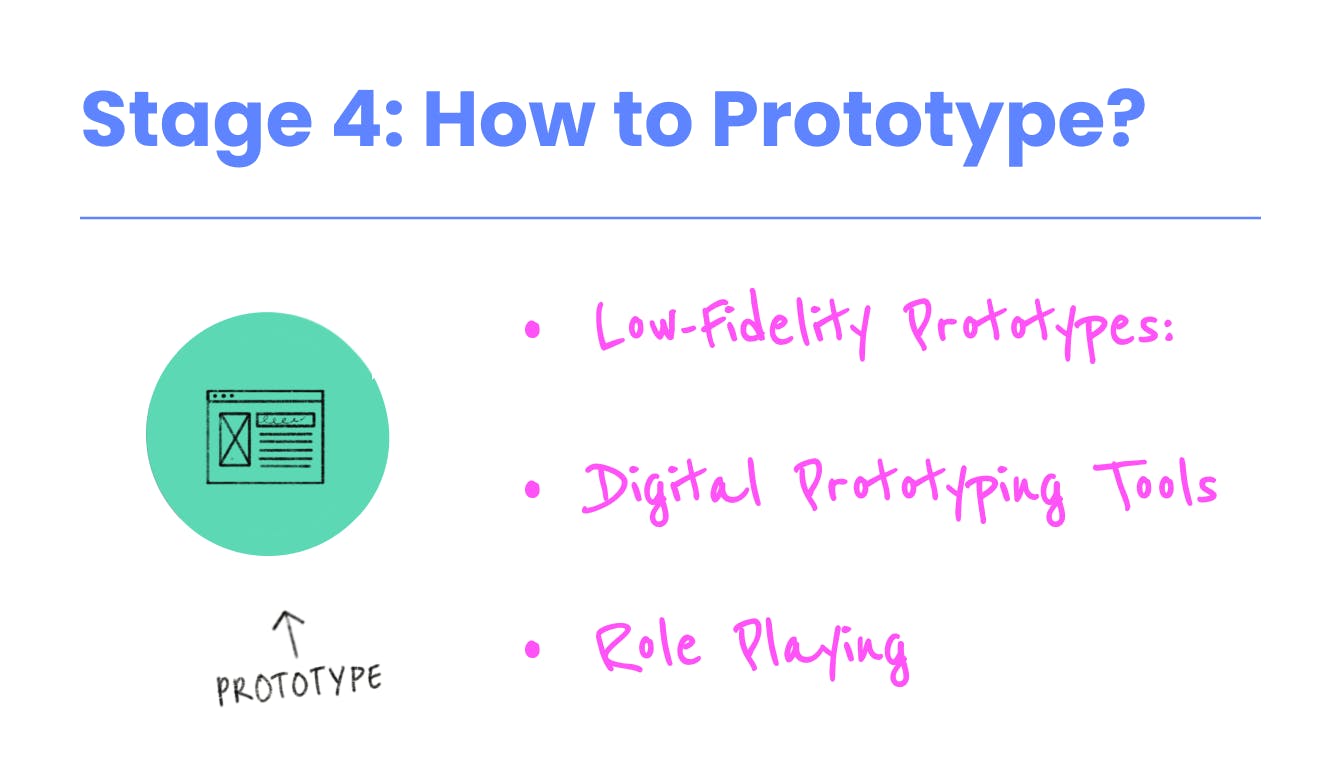In a rapidly evolving world where problems become increasingly complex, finding effective solutions requires a fresh and human-centric approach. Design thinking, a problem-solving methodology that emphasizes empathy and creativity, has emerged as a powerful tool for fostering innovation and driving positive change. In this blog, we will delve into the five key stages of the design thinking process, understanding how this iterative and collaborative approach empowers individuals and teams to tackle challenges and create meaningful solutions.
Stage 1: Empathize
The design thinking process begins with empathy - the ability to understand and connect with the needs, desires, and frustrations of the people we seek to serve. In this phase, designers immerse themselves in the users' experiences through interviews, observations, and active listening. By developing a deep understanding of the end-users, their pain points, and aspirations, designers gain valuable insights that inform subsequent stages.
Empathy is the foundation of human-centered design, enabling designers to identify real problems worth solving and uncovering hidden opportunities that may have been overlooked. This step is all about setting aside assumptions and embracing a beginner's mindset to truly grasp the context and emotions surrounding the challenge.

How to Empathize?
User Interviews: Conduct in-depth interviews with end-users to understand their needs, motivations, and pain points.
Observations: Observe users in their natural environment to gain insights into their behaviors and experiences.
Empathy Maps: Create visual representations that capture the user's thoughts, feelings, actions, and challenges.
Stage 2: Define
With rich user insights in hand, the design thinking process progresses to the define stage. Here, the goal is to distill the vast array of information collected during the empathize phase into actionable problem statements, often referred to as "problem framing." These problem statements provide clarity and focus, guiding the ideation and prototyping stages.
Defining the core challenges is crucial for effective problem-solving, as it prevents teams from solving the wrong problems or getting lost in the vastness of possibilities. A well-defined problem statement keeps the team aligned and ensures that the solutions developed are directly relevant to the end users.

How to Define?
Problem Statements: Craft clear and concise problem statements to articulate the core challenges that need to be addressed.
Persona Development: Create fictional user personas that represent different user segments, helping to empathize with specific user groups.
Journey Maps: Map out the user's experience and interactions with a product or service to identify pain points and opportunities for improvement.
Stage 3: Ideate
Now comes the time to unleash creativity and generate a multitude of ideas. In the ideation phase, designers participate in brainstorming sessions, where there are no bad ideas and wild and unconventional thinking is encouraged. The emphasis is on quantity over quality, as the aim is to explore diverse possibilities without self-censorship.
During ideation, multidisciplinary teams collaborate to combine their unique perspectives and expertise, resulting in more robust and innovative concepts. Thinking outside the box and embracing ambiguity often lead to breakthrough ideas that may not have emerged in a more rigid problem-solving approach.

How to Ideate?
Brainstorming Sessions: Conduct brainstorming sessions with diverse teams to generate a wide range of ideas without judgment.
Mind Mapping: Visualize and organize ideas using mind maps, allowing for easy exploration of connections and relationships between concepts.
SCAMPER Technique: Use SCAMPER (Substitute, Combine, Adapt, Modify, Put to another use, Eliminate, Reverse) to stimulate creative thinking and ideation.
Stage 4: Prototype
Ideas are only as valuable as the execution behind them. In the prototype stage, designers transform selected concepts into tangible representations of potential solutions. Prototypes can take various forms, ranging from low-fidelity sketches and wireframes to high-fidelity interactive models.
Prototyping serves multiple purposes: validating assumptions, testing feasibility, gathering feedback from stakeholders and end-users and refining ideas through an iterative process. This rapid and iterative approach allows for fast learning and helps designers uncover unforeseen challenges and opportunities, leading to more robust solutions.

How to Prototype?
Low-Fidelity Prototypes: Create quick and inexpensive prototypes using paper sketches, cardboard models, or digital wireframes to test early concepts.
Digital Prototyping Tools: Utilize software like Figma, Sketch, or Adobe XD to create interactive and high-fidelity digital prototypes for user testing.
Role Playing: Act out scenarios or use role-playing techniques to simulate the user experience with the proposed solution.
Stage 5: Test
The final stage of the design thinking process is testing the prototypes with real end-users. Testing is a crucial step to validate the assumptions made during the previous stages and to gather feedback on the proposed solutions' usability and effectiveness.
By involving end-users in the testing phase, designers can observe how users interact with the prototypes, identify pain points, and understand what resonates most with the target audience. Feedback from testing informs further refinements, creating a continuous loop of improvement and refinement.

How to Test?
User Testing: Engage real users to interact with prototypes and provide feedback through interviews, surveys, or usability testing.
A/B Testing: Test different variations of the solution with a subset of users to determine the most effective design.
Feedback Capture Tools: Use tools like UserTesting, Lookback, or Maze to record and analyze user interactions and feedback during testing.
Conclusion
The design thinking process is a powerful framework for tackling complex challenges and driving innovation. By starting with empathy, designers connect with the needs of the people they aim to serve, ensuring that the solutions are relevant and meaningful. Through collaboration and ideation, they unlock the potential for creative thinking and diverse perspectives. Prototyping and testing provide the necessary feedback and iterative loops for continuous improvement.
Design thinking is not a linear process, but a flexible and dynamic approach that embraces ambiguity and change. By integrating empathy, creativity, and user-centricity, individuals and teams can unleash their full potential and create solutions that make a positive impact on the world. Embracing the design thinking process empowers us to navigate the uncertainties of the future with optimism and empathy, driving innovation and creating a better world for everyone.